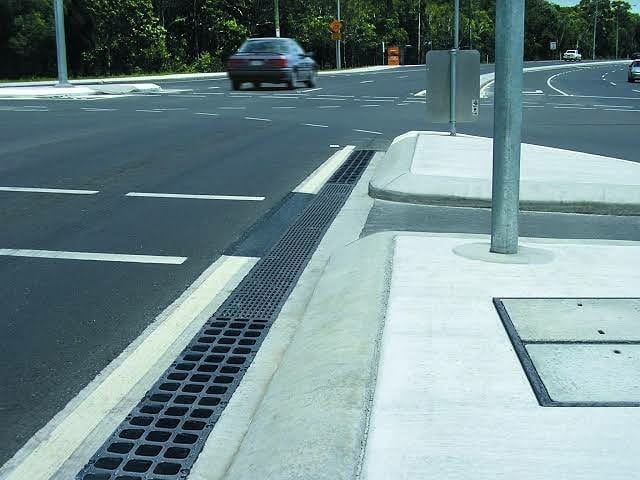Introduction
In the bustling cityscape of Auckland, where urban development meets the challenges of geography and climate, the role of drainlayers becomes paramount. These skilled professionals play a crucial part in ensuring effective drainage systems, preventing flooding, erosion, and water damage. In this article, we’ll explore the significance of drainlayers in Auckland, their responsibilities, and the vital role they play in maintaining storm water drainage the city’s infrastructure.

The Importance of Drainlayers
Managing Auckland’s Unique Geography:
Auckland, known as the “City of Sails,” is characterized by a diverse and undulating landscape. The region’s hills, volcanic cones, and coastal areas present unique challenges for managing stormwater and wastewater. Drainlayers are instrumental in designing and implementing drainage solutions that cater to Auckland’s distinctive geography.
Preventing Flooding and Erosion:
Auckland experiences heavy rainfall, particularly during the winter months. Drainlayers are tasked with designing and installing stormwater drainage systems that efficiently manage rainwater runoff, preventing flooding in both residential and commercial areas. By strategically placing drains and pipes, they also help mitigate the risk of erosion, preserving the integrity of the land.
Ensuring Compliance with Regulations:
The construction and maintenance of drainage systems must adhere to local regulations and standards. Drainlayers in Auckland are well-versed in the city’s specific requirements, ensuring that their work complies with the necessary codes and regulations. This adherence is vital for both the safety of the community and the longevity of the infrastructure.
Responsibilities of Drainlayers
System Design and Planning:
Drainlayers are involved in the initial stages of construction projects, collaborating with engineers and architects to design effective drainage systems. This includes considering factors such as topography, soil composition, and the type of development to create bespoke drainage solutions.
Installation and Maintenance:
Once the plans are finalized, drainlayers are responsible for the physical installation of drainage systems. This involves laying pipes, installing stormwater management structures, and ensuring that the entire system functions seamlessly. Regular maintenance is also part of their role, addressing any issues promptly to prevent costly damage.
Collaboration with Other Trades:
Drainlayers work closely with other construction professionals, such as plumbers and civil engineers, to integrate drainage systems seamlessly into larger construction projects. Effective communication and collaboration are essential to ensure the overall success of a project.
The Future of Drainage in Auckland
As Auckland continues to grow and evolve, the demand for effective drainage solutions will only increase. Drainlayers will play a crucial role in developing sustainable, resilient, and environmentally friendly drainage systems. With advancements in technology and a focus on innovative solutions, the future promises even more efficient and adaptable drainage infrastructure in Auckland.
Conclusion
In the dynamic city of Auckland, the work of drainlayers is foundational to the smooth functioning of urban life. From preventing flooding to managing stormwater runoff, these professionals contribute significantly to the city’s infrastructure. As Auckland expands and faces new challenges, the expertise of drainlayers will remain indispensable in creating and maintaining robust drainage systems that stand the test of time.

